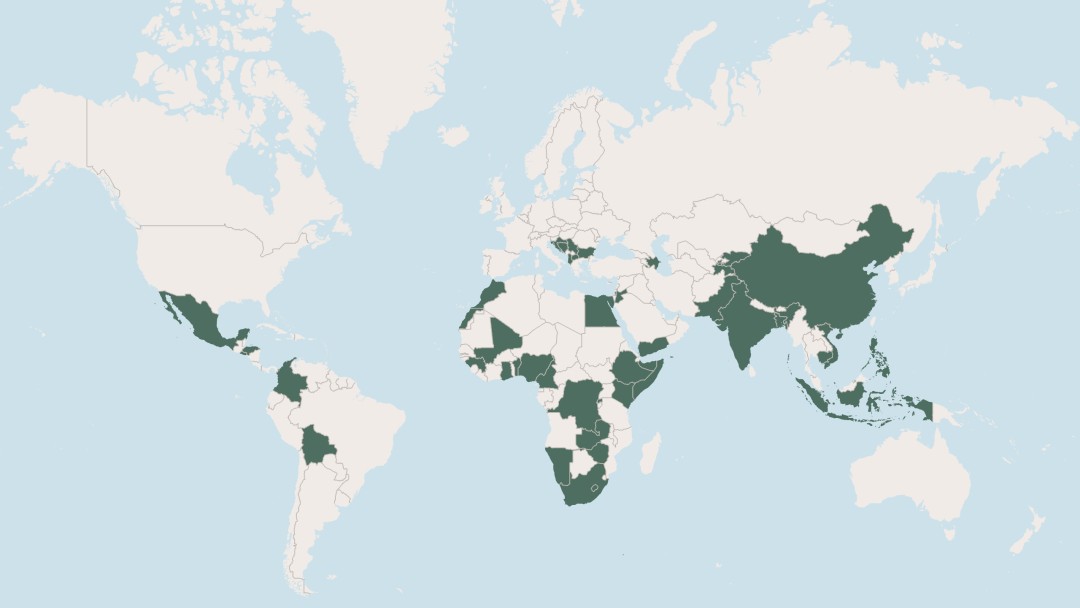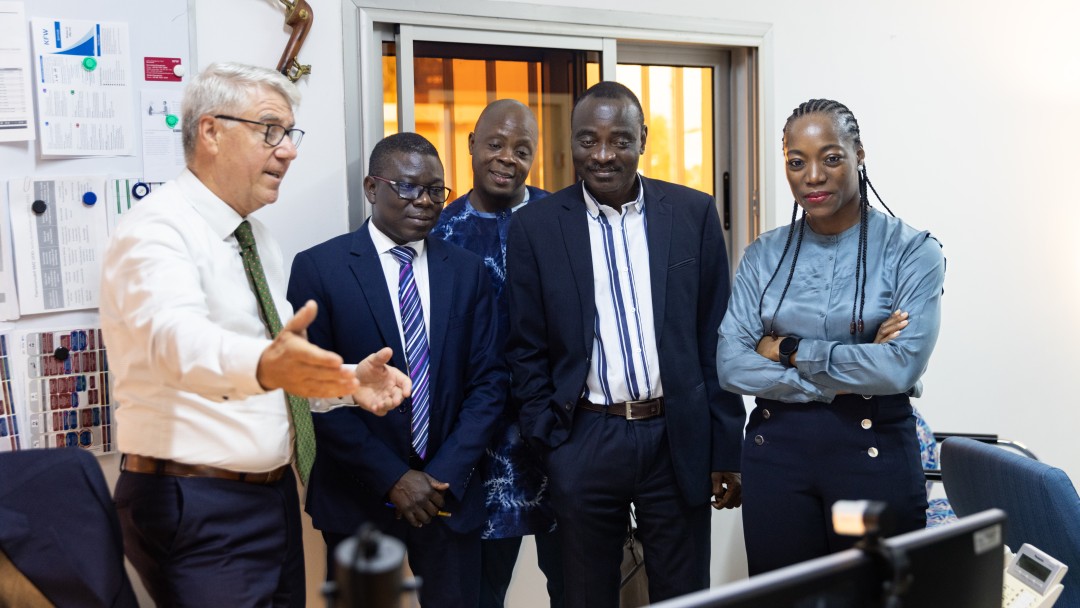What factors influence the success of FC projects? Many researchers, political decision-makers and employees of DC organisations deal with this question on a daily basis. The answer depends to a large extent on the background of experience in individual cases. Learning experiences are vital, but only offer a partial perspective and scarcely serve to illustrate structural connections. To address our initial question more systematically, we at the FC evaluation unit (FC E) have prepared a scientific study, the results of which have now been published in a working paper for the first time.
This study is based on over 1,100 FC projects, which the FC evaluation unit has systematically evaluated since 2007 in line with the OECD-DAC criteria. These criteria can be used to determine the impact of a project from a development policy perspective, and are interpreted as the measure of a project's success. Potential determinants for explaining success or failure are generated from in-house databases and freely available external data records. Examples of these determinants include information on project characteristics, such as financing structure and identified risks, but also information on fragility or GDP in the countries in which the projects were implemented. Ultimately, this results in an extensive database for analysing the success determinants of the FC projects. With the help of multivariate regression analyses, this data can answer the question of which variables are statistically significant in relation to the success of an intervention – even in an analysis that simultaneously includes all possible factors. However, the results do not imply a direct causal relationship.

The results show that project characteristics, such as the project duration, can explain a more significant proportion of the variance in success ratings than the project context, i.e. the economic environment in which the project was implemented, for instance. This observation may seem surprising at first, but is comparable to results from studies that examine the success determinants of World Bank and Asian Development Bank projects. This leads to the conclusion that the right project design is more critical for success than the macroeconomic context.
With regard to individual variables, we also find both positive and negative correlations: The amount of budget funds, the share of partner funds and the economic environment correlate positively with the project's success. The length of the period between the commitment of funds and the signing of the contract, delays in the course of the project, and the duration of the project in turn correlate negatively with project success. It is interesting to note that these results are by no means homogeneous for all regions and sectors. In fact, none of the variables examined have a consistently significant link to project success across all domains. Instead, certain variables such as project complexity even correlate positively with project success in individual regions, but negatively in others.

The study already reveals initial findings that are relevant for future FC projects: